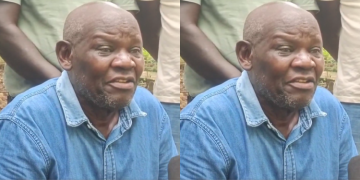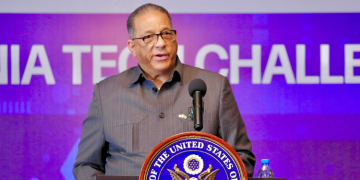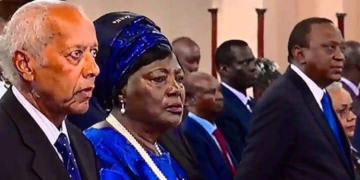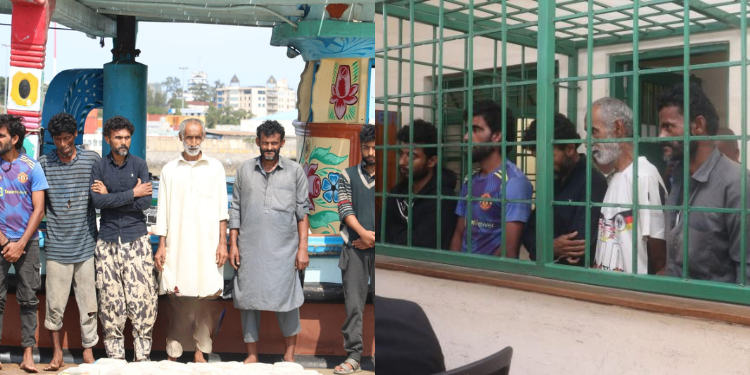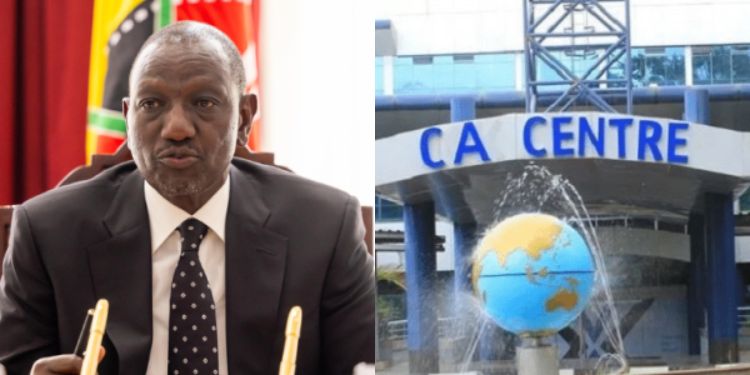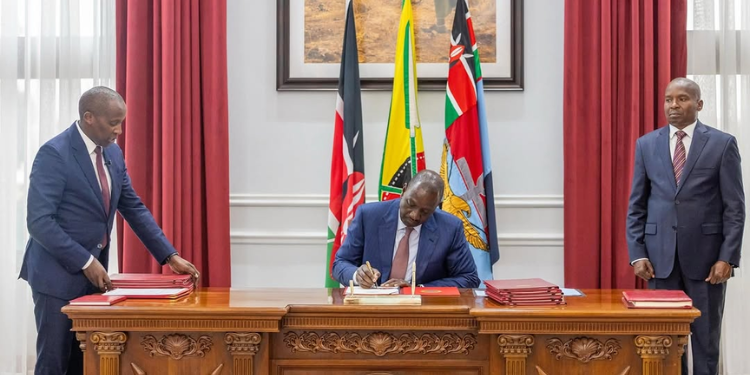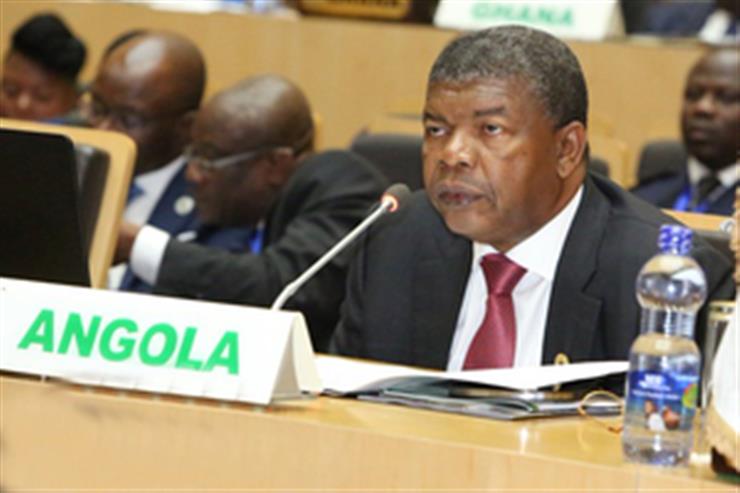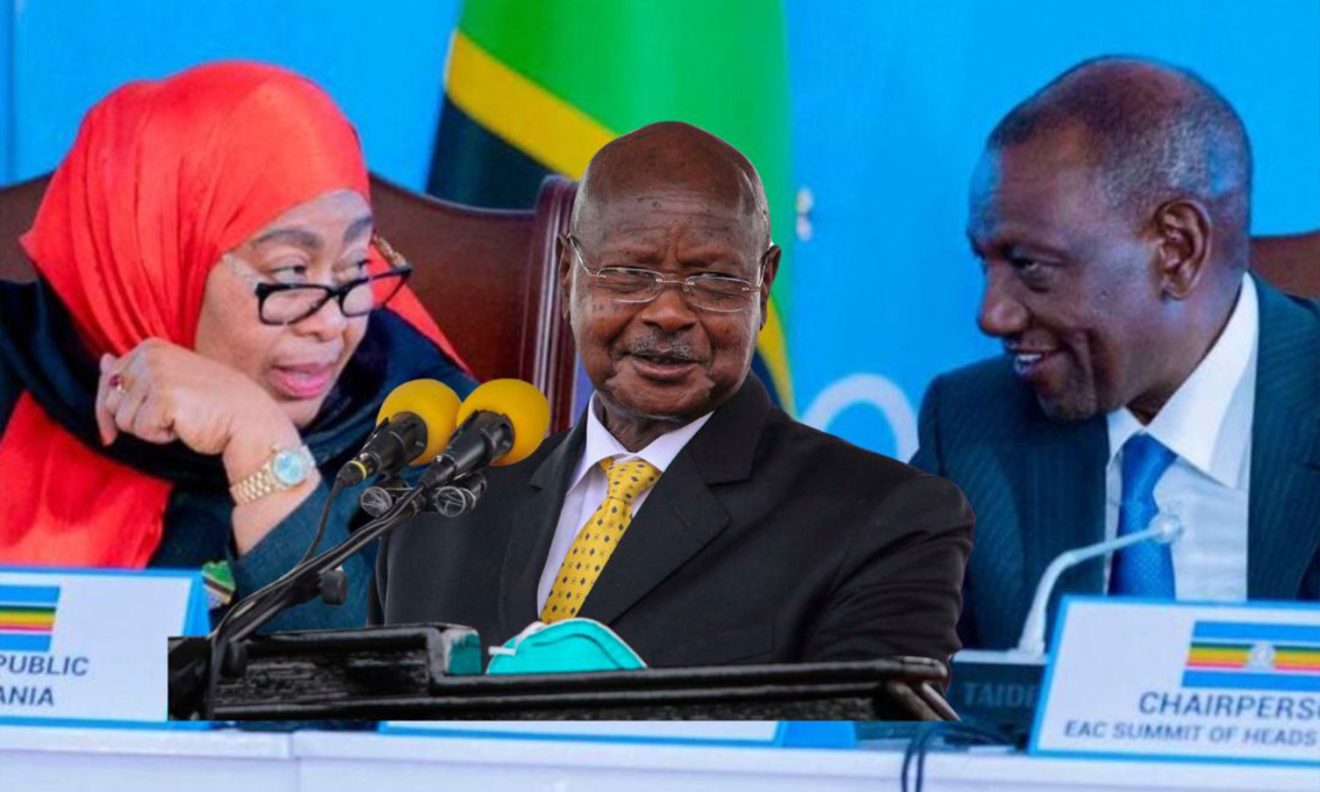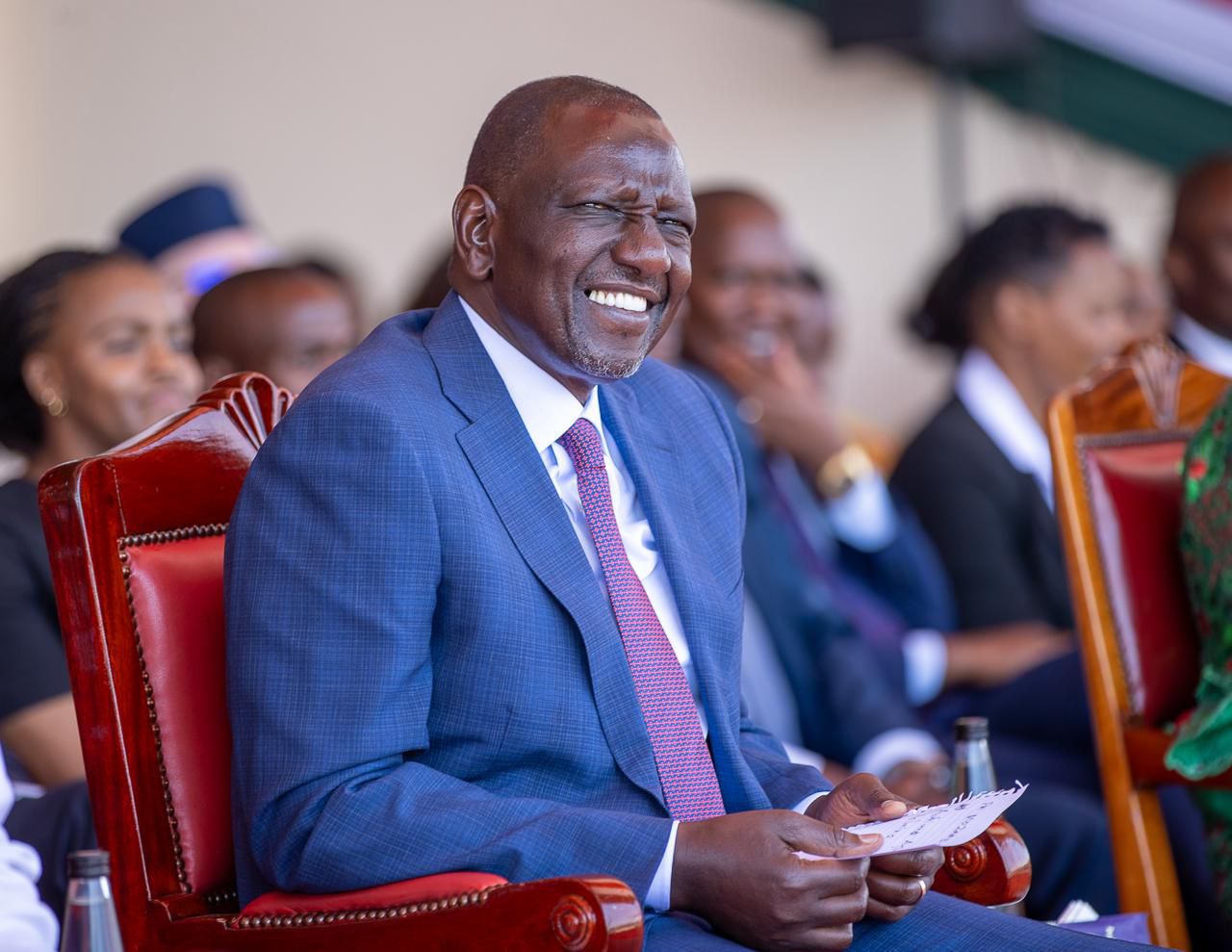The fatal miscalculation has been made. The “one mistake” has been deployed. And now, the fire is raging. Just days ago, in an analysis that was carried across East Africa, I warned that the political establishments of the region were meticulously preparing for the wrong war. I argued that by readying their riot police, arresting known opposition figures, and planning 20th-century media blackouts, these old-guard regimes were walking directly into a trap set by a 21st-century, leaderless, and borderless generation.
Today, that is no longer a prediction. It is a terrifying, fiery reality unfolding on the streets of Tanzania.
The Tanzanian government followed the old playbook exactly. To secure a “coronation” for President Samia Suluhu Hassan, it systematically decapitated the traditional opposition. The two most credible challengers were barred from the race. The most prominent, Tundu Lissu, has been jailed on treason charges since April. It was a clinical, old-world strategy: cut the head off the snake, and the body will die.
Then, when the inevitable, spontaneous protests erupted against this “performance” election, the government deployed its final, desperate tactics: it sent the military into the streets, imposed a nationwide curfew, and, in the ultimate act of 20th-century control, “pulled the plug” on the entire nation’s internet.
This was the “one mistake.” This was the act of repression that, rather than instilling fear, has added rocket fuel to the fire.
The “Nepal Way” demonstrates how failed repression ignites an all-consuming popular anger
What the government failed to understand is that these actions are no longer seen as a show of force. They are seen as a final admission of weakness. Instead of crushing dissent, they have uncorked an “extreme anger” that is personal, vindictive, and total.
The reports filtering out of Tanzania are no longer of political protests; they are of a popular uprising. This is the “Nepal way” the point where a population, having lost all faith in political recourse, pivots to dismantling the physical structures of power itself.
Protesters are not just chanting; they are systematically targeting the entire ecosystem that enabled the regime. Investments, homes, and businesses belonging to high-profile Chama Cha Mapindiuzi (CCM) associates are being burned to the ground.
Also Read: Why Museveni and Suluhu Should Wake Up and Smell the Coffee
This new front, predictably, includes the celebrities and influencers who “performed for power.” Stars like Diamond Platnumz, Zuchu, and Bill Nas are facing a devastating backlash. The public, which gave them their fame, sees them as personal betrayers who “sanitized repression” for profit. The burning of their assets is a brutal, real-world lesson in what happens when “moral currency” hits zero.
When a population is willing to burn the homes of its idols, the war for hearts and minds has already been lost.
A borderless war has begun, pitting a state’s digital blackout against a unified popular front
The government’s second fatal error was believing in borders. As the establishment shut down Tanzania’s internet, they looked inward, believing they had contained the threat. They were wrong. They failed to look at their own border.
This is the physical manifestation of the borderless, pan-African generation I previously warned about. The regime is discovering a terrifying new reality:
- Their Digital Blackout Failed: While the internet is down in Tanzania, the digital fight has simply been outsourced. Tanzanians in the diaspora, along with activists in Kenya and Uganda, are using VPNs and hosting non-stop X (Twitter) Spaces to coordinate, share information, and channel financial support to the protesters.
- Their Physical Border Failed: The government’s “borderless” problem is no longer just digital. Reports of Kenyans massing at the Tanzanian border are a chilling echo of the successful October 18th protest, where a united crowd of Kenyan and Tanzanian youth forced the state to back down and release an opposition figure in just six hours.
The government is now trapped. Its forces are spread thin, fighting a leaderless, multi-front war against its own people, while its neighbors, not governments, but a generation of people are applying pressure from the outside.
Tanzania crisis, a warning for every regime in the region
What should terrify every sitting regime, from Kampala to Kinshasa and beyond, is not just the chaos in Tanzania, it is the speed.
The timeline for popular revolt has been shattered. The time between the “one mistake” and “total chaos” has compressed from months or years to mere moments. What we are seeing in Tanzania is a 48-hour escalation from a fraudulent election to a full-blown, leaderless, and digitally-amplified uprising that has overwhelmed the state’s capacity for control.
Also Read: Samia Suluhu Hassan Declared the Winner With Landslide Victory
This is the new template. The old playbook is no longer just ineffective; it is a checklist for spontaneous combustion. Where regimes once bought themselves time by arresting a known opposition leader, this new reality sees leaderless cells mobilize on TikTok and Telegram within the hour, rendering the “leader” irrelevant. Where a show of force with riot police was meant to instill fear, it now provides the kindling; within two hours, the first “martyr” video goes viral, turning the state’s own violence into the main recruiting tool for the uprising. And finally, where the state’s trump card was to shut down the national internet, it is now a futile gesture. Within ten minutes, the diaspora and activists in neighboring countries take over, internationalizing the crisis and completely bypassing the blackout, ensuring the regime loses the narrative war before it has even begun.
The establishment in Uganda is currently preparing to fight a traditional political party in its upcoming election. They are not prepared to fight a network that moves at the speed of light. They are not ready for a crisis that is simultaneously digital, physical, and regional.
Tanzania is the brutal lesson: the firewalls are gone. The war is here. And you no longer have time.
About the author
This article was written by Abdiqani Abdullahi. He is an English News Editor and Senior Advisor on International Relations at Somalia’s National News Agency (SONNA). He has over a decade of experience at the intersection of policy, governance, and media.
His expertise spans strategic communication, digital transformation, and public diplomacy, including leading cybersecurity and transparency reforms under the DFID-supported Open Government Initiative. Previously, he worked on integrating AI and digital tools into newsroom operations, strengthening media ethics and crisis communication. With a strong background in international relations and journalism, he is passionate about the media’s role in shaping national narratives, promoting accountability, and highlighting innovation across the Horn of Africa.
The views expressed in this opinion piece are the authors’ own and do not represent The Kenya Times’ editorial position.
Follow our WhatsApp Channel and X Account for real-time news updates.






